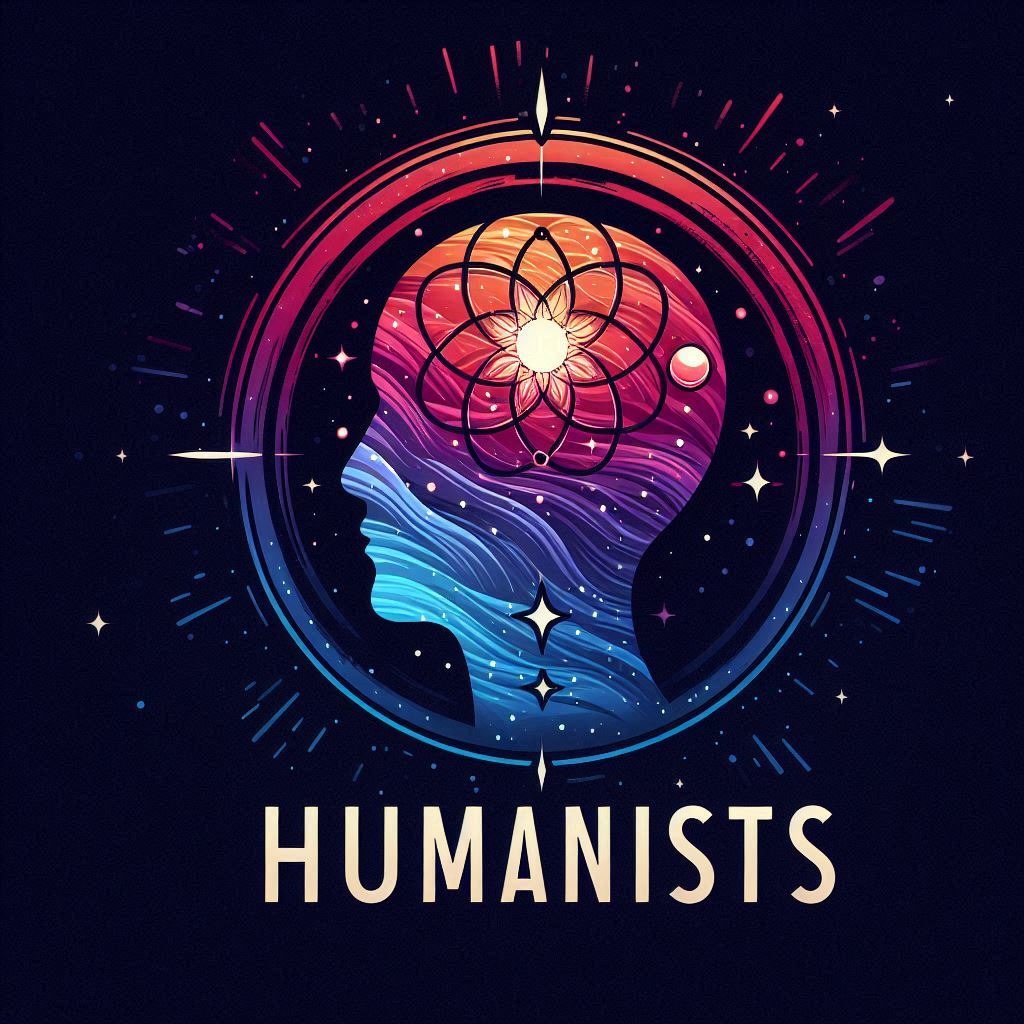It’s natural to feel anger when an injustice happens. But when that anger gets hijacked and redirected into racial or religious narratives, we have to ask—are we really fighting for justice, or just playing into a larger game?
Lately, I’ve been noticing something: much of the outrage we see—whether it’s Justice for Adib, the Zulfarhan case, or the Era FM DJs mocking Hindu rituals—doesn’t seem to be about actual justice. It’s about symbols.
It’s not about Adib the person. It’s about Adib the symbol of Malay-Muslim victimhood. His name gets invoked, not to seek truth, but to reinforce a racial narrative. Meanwhile, Zulfarhan, a fellow Malay brutally tortured to death, doesn’t get the same energy—because his story doesn’t fit neatly into the same symbolic framework.
Similarly, when Hindu rituals are mocked, there isn’t the same nationwide outrage, because the symbol of Malay-Muslim supremacy isn’t being threatened—rather, it’s being reinforced. Justice, fairness, and human empathy take a backseat to maintaining certain narratives.
This is what I call the Battle of Symbols—where the meaning we attach to things becomes more important than the actual people, events, or humanity itself. In this game, facts don’t matter. What matters is who controls the story.
This is why meaningful discussions are so difficult in Malaysia. We’re not debating reality—we’re fighting over simulacra, constructed grievances that serve ideological ends.
So I have to ask: when we chant for justice, do we really want justice? Or do we just want our side to win the battle of symbols?
It’s what I think as hyperreal conflict—where the symbol of justice, identity, and victimhood has overtaken the reality of actual people and events. The death of Adib, for example, has been transformed from a tragic loss of life into a political and racialized symbol. It is no longer about Adib the person, but about Adib the martyr of Malay-Muslim victimhood.
Meanwhile, Zulfarhan’s case, despite being recently discussed on court level, and involving clear systemic failures, lacks the symbolic weight that makes it politically useful to certain groups. His story does not fit neatly into the Malay-Muslim victim narrative because his killers were also Malays. Without an external “Other” to blame, the outrage machine doesn’t activate.
The dehumanization of non-Malays and non-Muslims is not seen as a crisis because it does not threaten the dominant symbolic order.
In Simulacra and Simulation, Baudrillard argues that symbols, when divorced from their real-world referents, become self-referential and dictate reality. Malaysia is experiencing this exact phenomenon. The discourse around race, religion, and justice is not about real people but about maintaining and defending symbolic constructs—Malay identity, Islamic dominance, and the myth of perpetual victimhood.
The actual humanity of individuals—whether Adib, Zulfarhan, or the Hindus insulted by Era FM—becomes secondary, if not irrelevant, to the symbolic war being waged.
When symbols become more important than reality, discourse becomes irrational, and solutions become impossible. People are no longer interested in facts, legal justice, or human empathy—they are invested in narrative control. Every issue is reduced to “us vs. them,” and any challenge to these symbols is met with hostility rather than reasoned discussion.
When certain tragedies are amplified while others are ignored, it’s worth asking—who benefits from this selective outrage? Who profits when Malaysians fight each other over racial grievances instead of uniting to demand real accountability from those in power? This battle of symbols isn’t new. Every few years, we see the same patterns—one tragedy is amplified, another is dismissed, and Malaysians turn on each other instead of questioning why justice feels so selective. Until we break free from these manufactured conflicts, we will always be trapped in this cycle—where real justice is lost in the noise of symbolic battles.
Until we break free from these manufactured conflicts, we will always be trapped in this cycle—where real justice is lost in the noise of symbolic battles.
